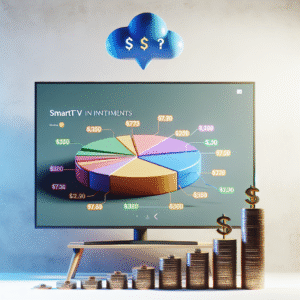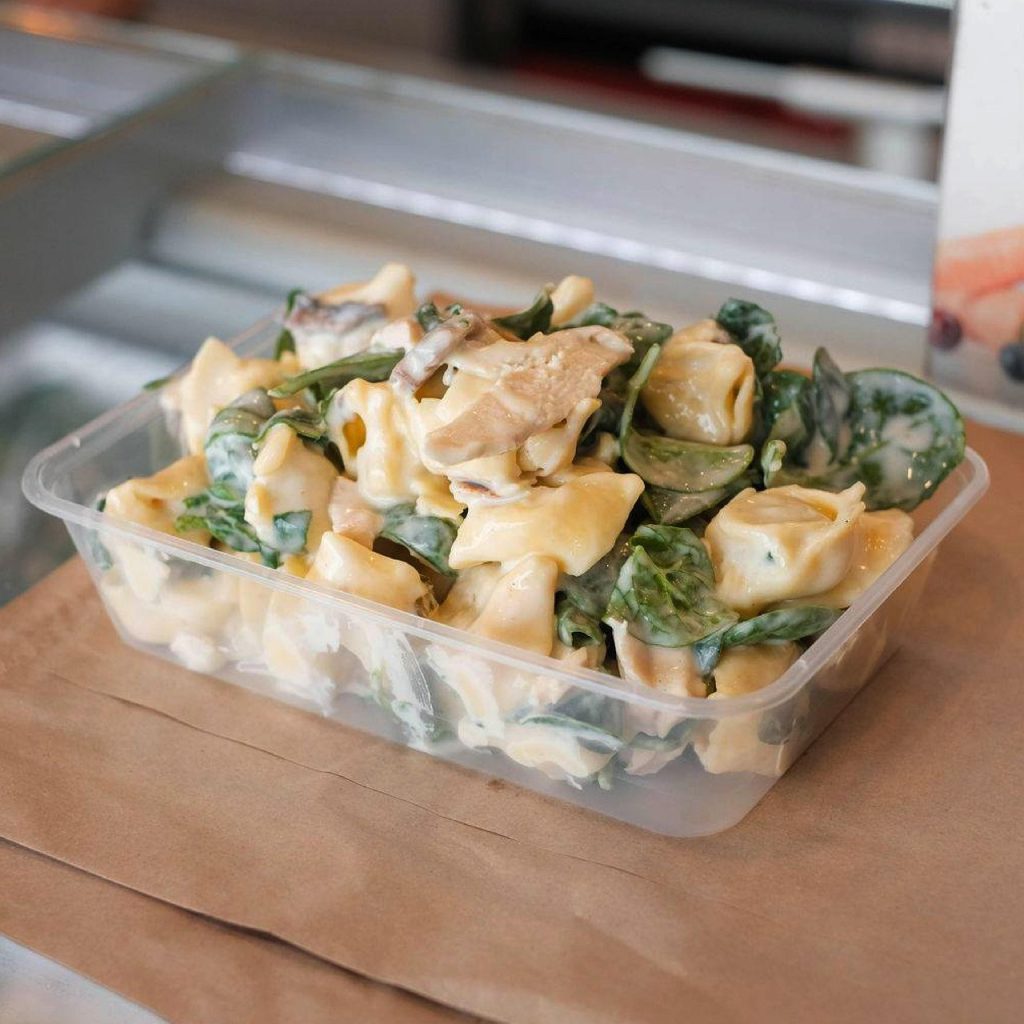Meal prepping has become more popular in recent years due to its versatility. Whether you’re a busy professional, trying a new fitness routine, or just trying to save time, meal prepping is a great option for you. It’s important to understand the best process for meal prepping like avoiding impulse buying and making a grocery list, but it’s also crucial to consider what type of meal prep containers to get for your needs.
Avoid Impulse Shopping
One of the reasons buying groceries often ends up being expensive is impulse shopping. If you do not have a list in mind when you go food shopping, you are more likely to pick up items you do not need because they look good. This applies to all foods, not only unhealthy options. In fact, it can be a greater risk with healthy food. For example, many shoppers end up buying healthy fruits because they are on sale and look appetizing, only for it to remain uneaten and spoil a few days later.
The best way to avoid impulse shopping is to make a grocery list and stick to it. Not only does this prevent you from buying unnecessary items, but it also makes it easier to budget. Many stores have prices listed online, or even apps you can use to plan out your grocery list. This way, you know exactly how much everything costs, staying on your budget without risking purchasing extra items you do not need.
You can take the idea of a grocery list one step further and even order your items in advance using a food shopping app. In addition to all the other benefits, you are also saving time, spending only a few minutes at the store to pick up your order. This is also a good way to get a better idea of what items are available at the store, which can be helpful if you are looking for healthier alternatives to your usual meals.
Make a Menu
Creating a menu in advance for your week will help you plan your meals out; you will know exactly what items you need to put on the grocery list. With a menu, you can include more fruits and vegetables in your meals. More importantly, with a menu, you know exactly how much of each ingredient you need to purchase, so you do not end up spending money on extra food that goes unused and eventually gets thrown out.
If you are on a tighter budget, you can plan your menu around what items are currently on sale. Grocery stores frequently offer great deals, which you can find through coupon books, store flyers, and newspaper inserts. Some stores also offer special coupons online or through apps.
You can also plan your menu around what items you have in your pantry or freezer, cutting down on what you need to purchase at the store. It is also a good way to clear out your kitchen before these items expire. When you make a menu, plan around leftovers, either to act as meals or to use as ingredients for future meals.
Try Meatless Meals to Save Money
There are many healthy meals that use chicken and other meats, but including meat in every meal can be costly. If you want to save a little money each week, try to plan at least one meatless meal. Fish is a great alternative to meat with even more health benefits. While some fish are expensive, you can normally find more reasonable prices if you know what fish are in season. There are many recipes involving tofu. Pasta is easy to prepare, inexpensive to buy, and stores well; plus, it can be used as an ingredient for other meals. If you do not mind some crossover with breakfast, there are several egg themed meals perfect for dinner.
Why Meal Prep Containers Matter
You may not consider the type of meal prep containers as important as the food itself, but they are. Meal prepping is usually planning out the entire week’s meals, so you want to be sure whatever meal prep container you’re using will keep your food fresh and reduce the risk of contamination. Another factor to consider is how the containers are sectioned out. If you like to keep your food separated from each other, then you want to look for meal prep containers that have divided sections to help you with portioning your meals.
Convenience is a big factor when looking at meal prep containers. There are a lot of brands that make their containers stackable, which makes them great for fitting in your lunch bag or work bag. It also helps to prevent spills.
Best Meal Prep Containers
Glass Meal Prep Containers (Prep Naturals Glass Containers)
- Glass doesn’t absorb any stains or odors from food, and it is microwave, oven, freezer, and dishwasher safe, making it extremely convenient. These containers are best for home use, meal prepping multiple days ahead of time and are beneficial for those looking to reduce their use of plastic.
Plastic Bento Boxes (Bentgo Fresh Lunch Boxes)
- These containers are lightweight and colorful with 3-4 compartments inside. They are BPA-free plastic that have secure latches and leak-resistant lids. Bentgo boxes are great for kids, lunches on the go, and anyone who is looking for lightweight containers.
Stainless Steel Containers (LunchBots Trio)
- Stainless steel meal prep containers are a great option for those looking for extra-durable and eco-friendly options. They’re great for non-microwaved meals like salads, wraps, and snacks, and they have a long shelf life. They’re best for cold meals, picnics, and zero-waste lifestyles.
Collapsible Silicone Containers (FlatBox Eco Collapsible)
- FlatBox containers are great for saving space because they collapse flat for easy storage and travel. They’re a great option for small kitchens, travel, or meal prepping.
Budget-Friendly Plastic Containers (Rubbermaid Brilliance)
- These are classic for meal preppers because of their affordability and stackability. They boast leak-proof seals and are microwave-safe. Rubbermaid containers are best for beginners in meal prepping, families, and bulk prepping on a budget.
When deciding which meal prep containers to choose for your needs, consider what you need them for and your budget. Based on what you find, you’ll be able to make the best choice and be able to prep your meals smarter, while eating better.






